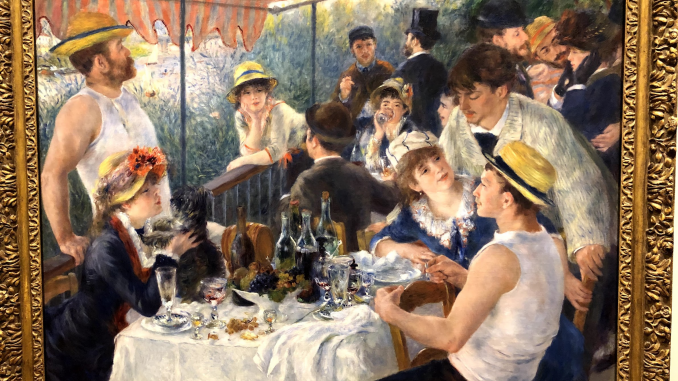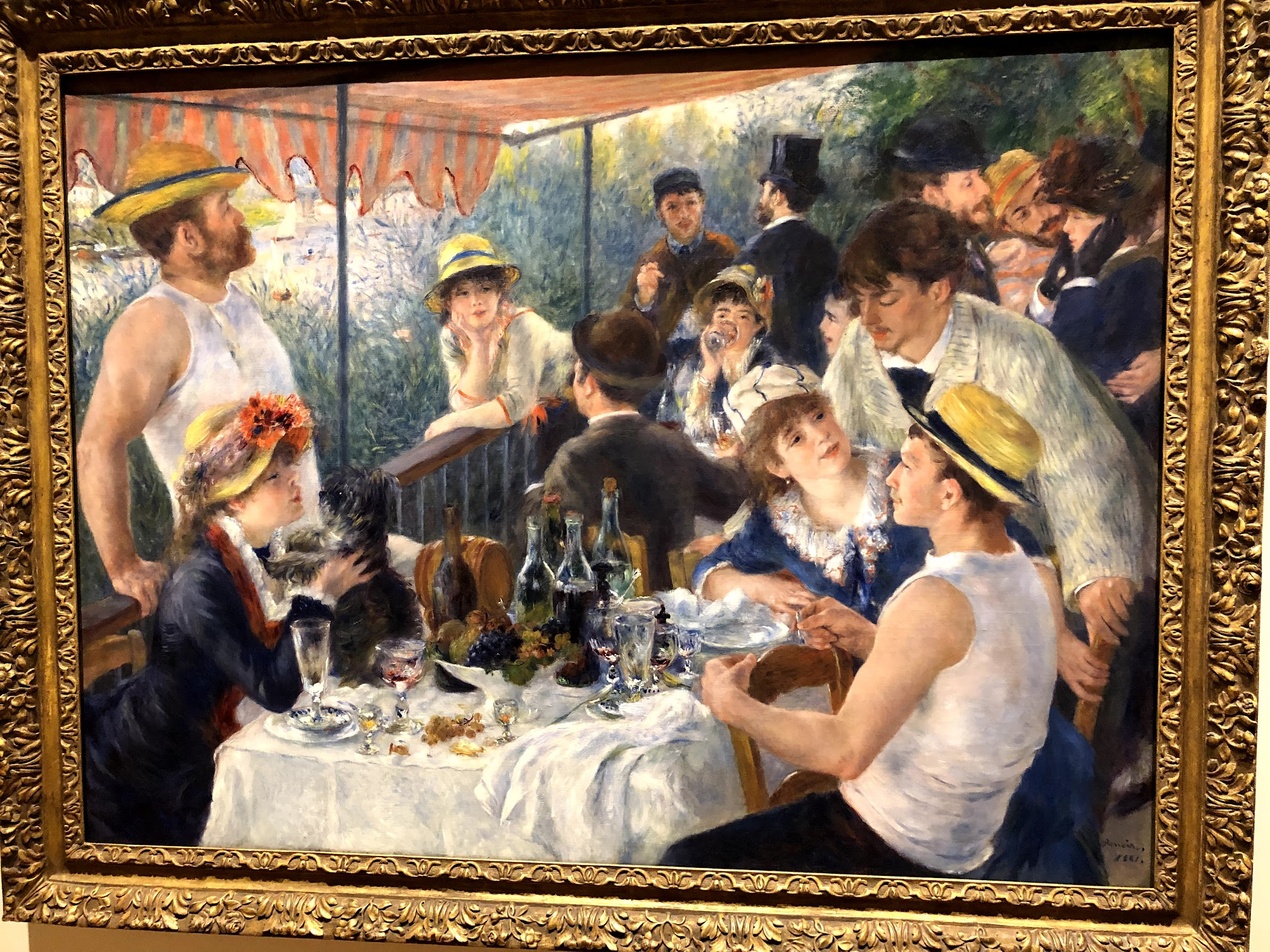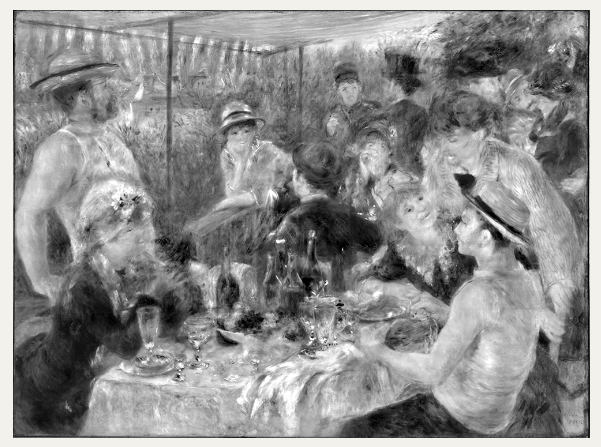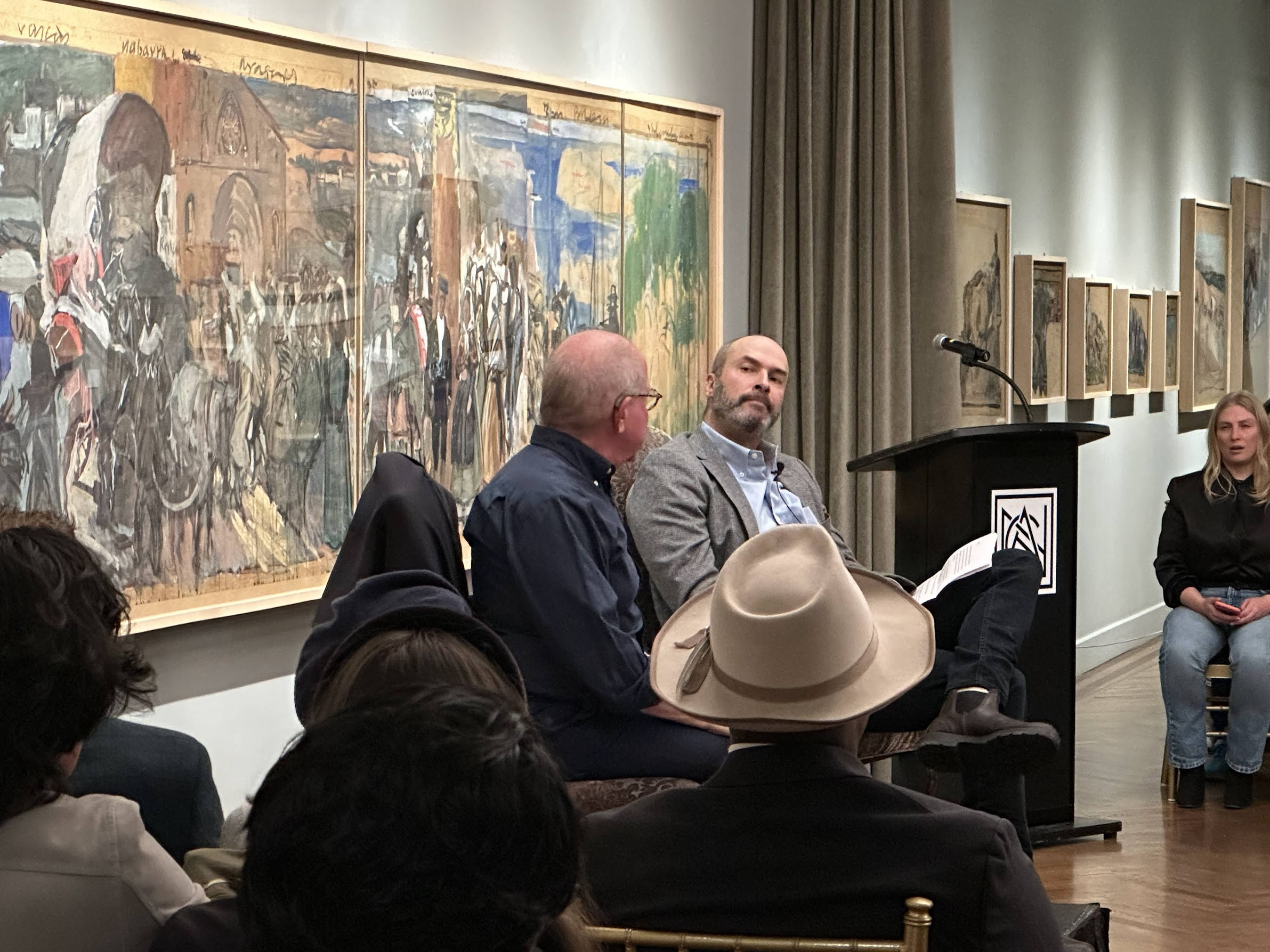
New York has a bustling art scene, teeming with art galleries, museums and artists of all kinds. I recently visited a couple of art galleries to attend a talk and gallery opening and had some thought provoking interactions about what makes art, art. That’s the subject of this post.
I’ve always found art interesting and enjoy visiting art museums, specially those that focus on 16th – early 20th century art. I took art classes as a kid but was pretty poor at it. My mom had to cajole the art teacher every year to just give me a passing grade. I never studied art formally or had much exposure to it until I moved to the US. Several years after moving here, I gradually started visiting some art museums (usually to impress a date) and learning about different periods, and getting acquainted with the unique style of famous artists (now I can even tell a Picasso from a Van Gogh!). I generally gravitate towards the technical and historical aspect of art, marveling at the imagination, planning and sheer amount of effort that went into art work that we see at museums. I also enjoy modern art, specially those that makes you think and provokes discussion.
In DC, the Phillips collection was one of my favorite art museums. I specially liked Renoir’s Luncheon of the boating party, prominently displayed at the museum. The painting is accompanied by a fascinating panel that shows it in different wavelengths–x-ray and infrared, making it possible to see through some of the paint layers.


Last week, I attended a talk by Jerry Saltz, a famous critic, who I had never heard of, but the audience was quite fond of. He gave an interesting and animated talk about a variety of art related topics. Couple of themes struck a chord with me. First, art is not a thing, but a verb, because it does something to a viewer. This makes art dynamic, because the feeling it evokes varies across viewers, and may change even for an individual viewer, depending on the viewer’s mental state. Second, art tells the story of its creator, consciously or not. Jerry took questions after his talk. Generative AI being all the buzz these days, several questions were about whether he considered AI generated art to be art. I don’t recall what he said in response, but I later had an interesting discussion about that question with some attendees. If art is characterized by the feeling it evokes in the viewer, then AI generated art is as much art as that created by people. Perhaps even more so, because AI generated art evokes particularly strong feelings when one becomes aware they are looking at art created by AI. On the other hand, if the focus is on the imprint that human created art bears of its creator, then by definition AI generated art isn’t art, because an AI system has no story to tell and no journey or life experiences to speak of.
Another dimension to consider is that to generate art using an AI system such as dall-e, a person must enter a description of the art, eg., “hyper realistic photo of a high end futuristic single-level house where walls are made of windows, light coming through the window, mid century modern style, cinematic lighting”. Based on what the AI system outputs, the user would then tweak the prompt, adding new details, making certain factors more precise etc. Quite a bit of creativity can go into designing prompts that achieve the desired output. There are several tutorials and videos on the internet about how to write good prompts and even marketplaces for prompts. In this process, the user assumes a role more like the architect of a building or the director of a play, providing an overall plan and high level directions and then letting the construction workers/actors perform the grunt work. Following this line of thought, art generated by AI does embody the personality of the prompt writer, and should be considered as a joint composition of the prompt writer and the AI system. Perhaps, AI generated art should be signed by the prompt writer and the name/version of the AI system/algorithm that created it?
Interesting food for thought!

During the gallery opening, the owner talked about her desire to democratize art. She said if you ask someone what they think about a piece of art, people are likely to say–“oh I don’t know.. I’m not an art expert”. However, if the question is about a book, song or movie, people are generally quite willing to express their opinions, even though they are unlikely to be a music/movie or book critic either. This is because people are a lot more exposed to music, books and movies than they are to art. She wanted to change this with her new gallery. Visiting an art gallery shouldn’t be a bourgeois experience, but feel more like walking into a book store or listening to music. I very much identified with her sentiment and wish her well!

Leave a Reply